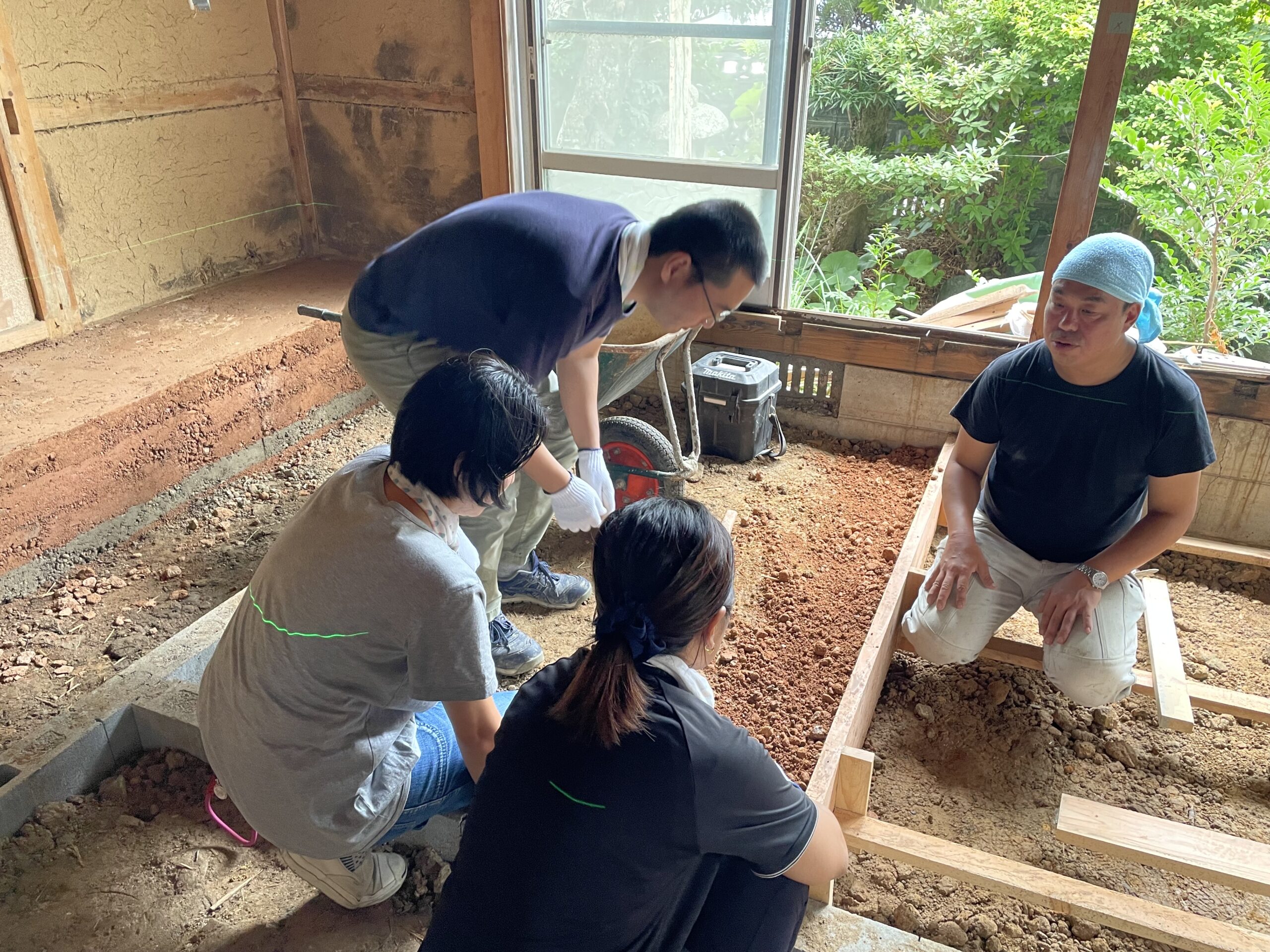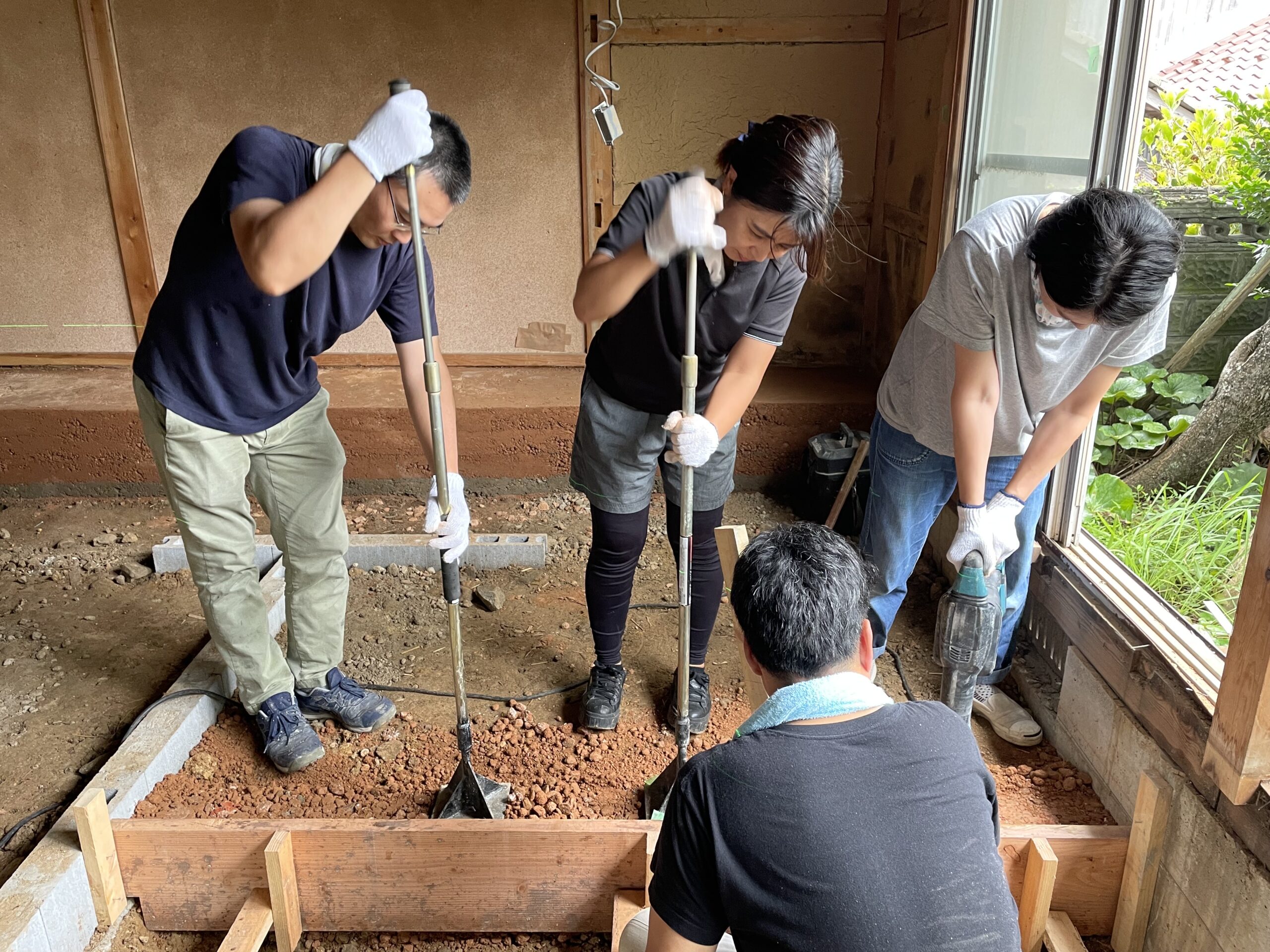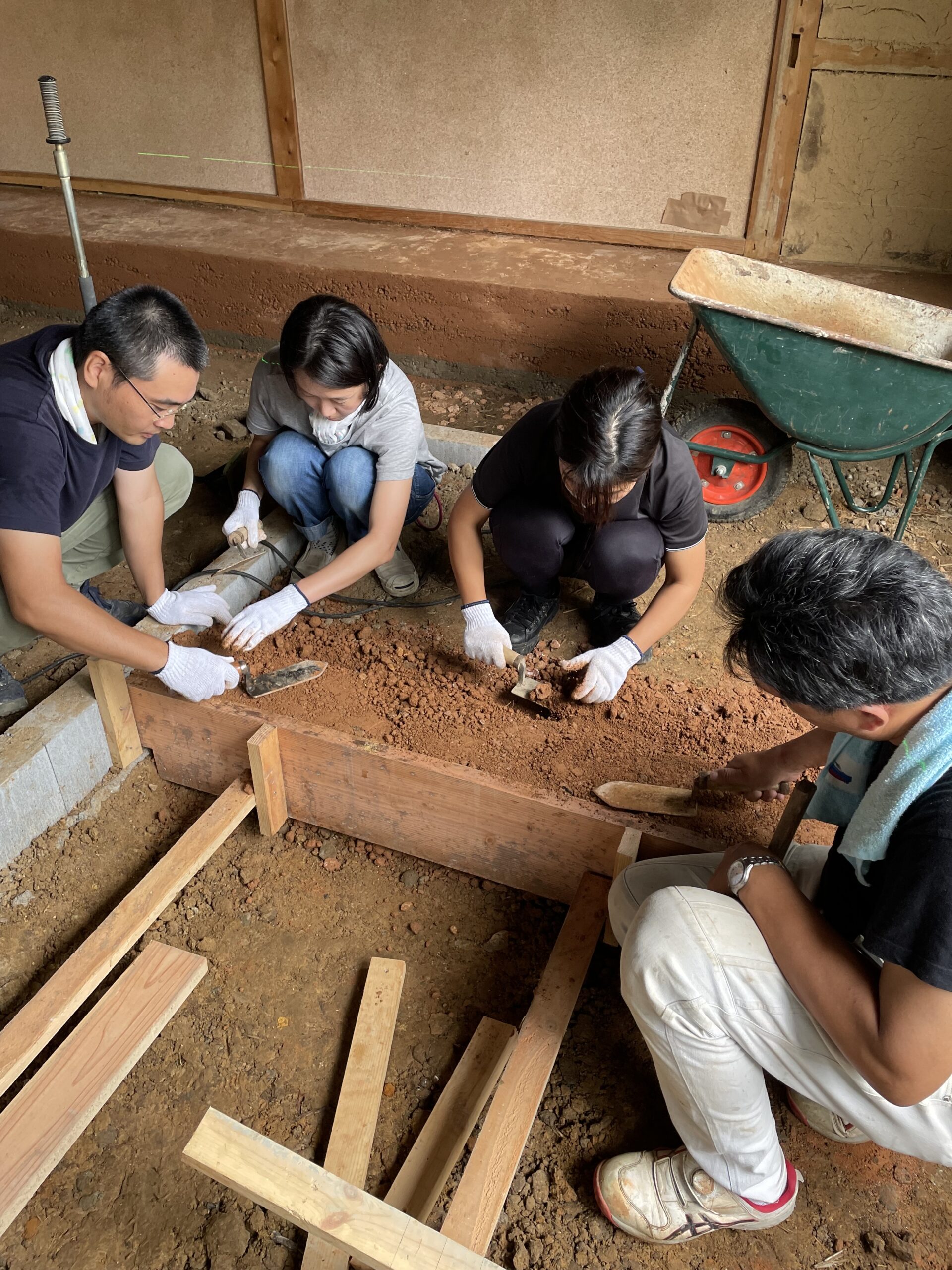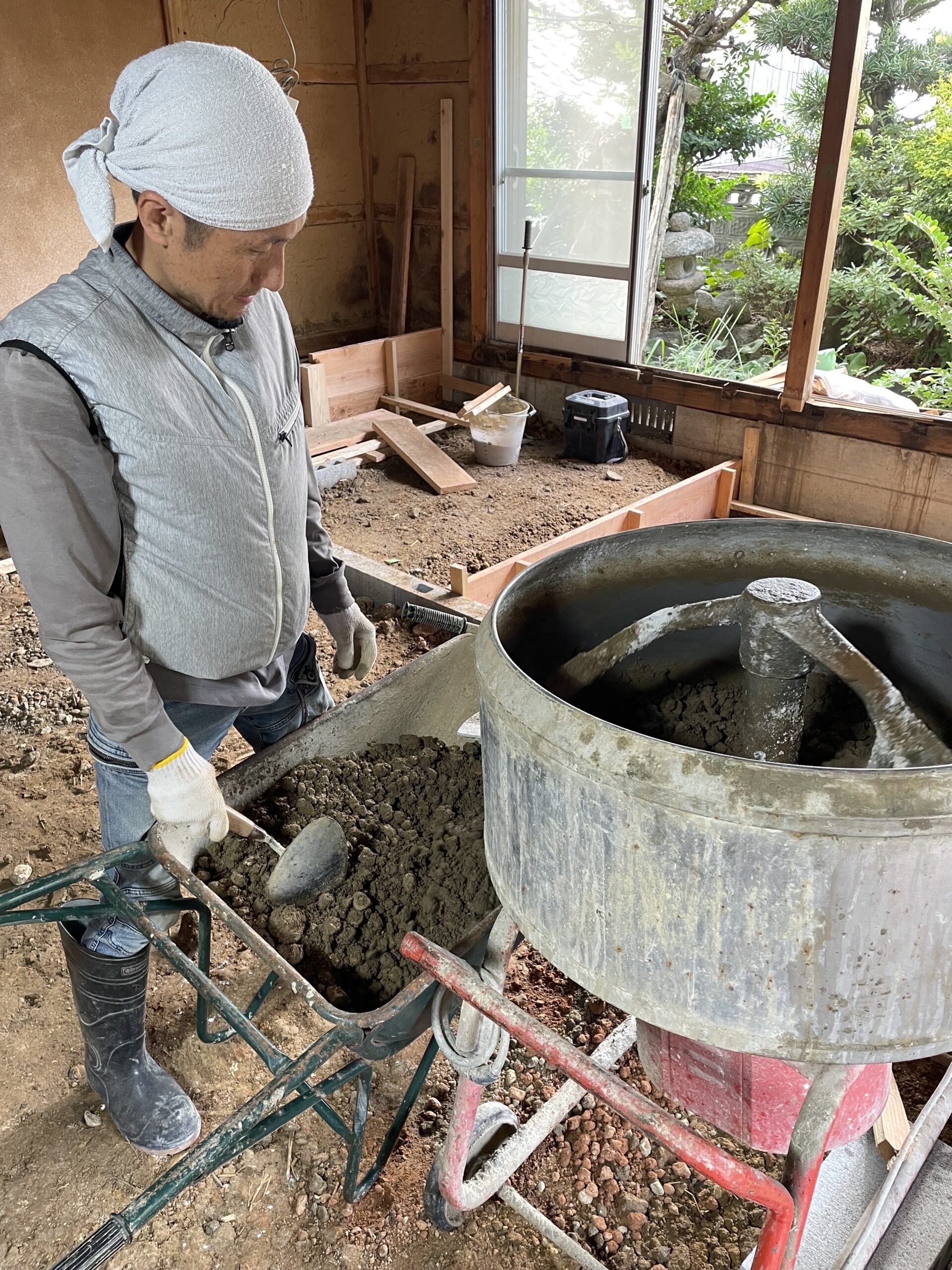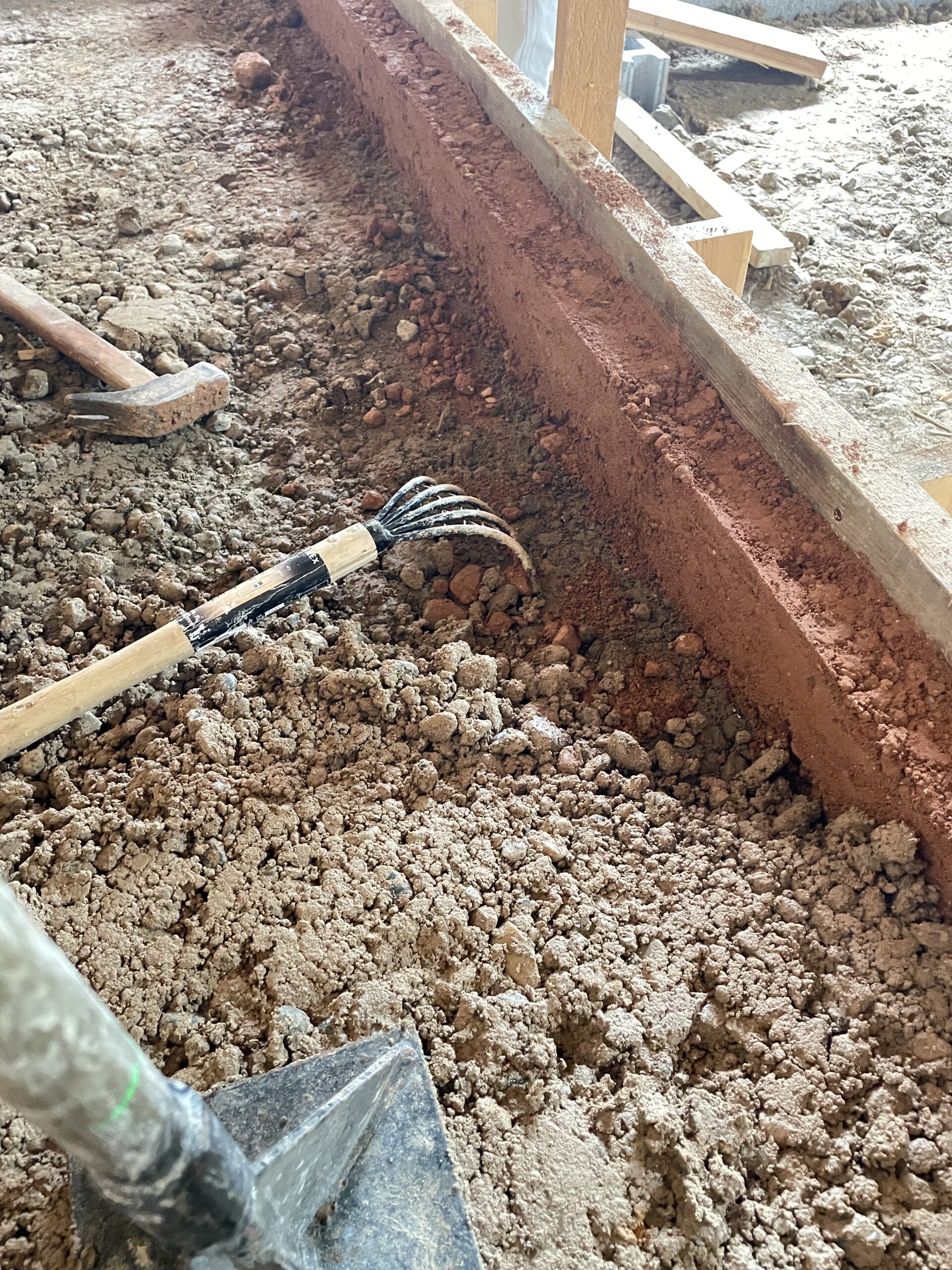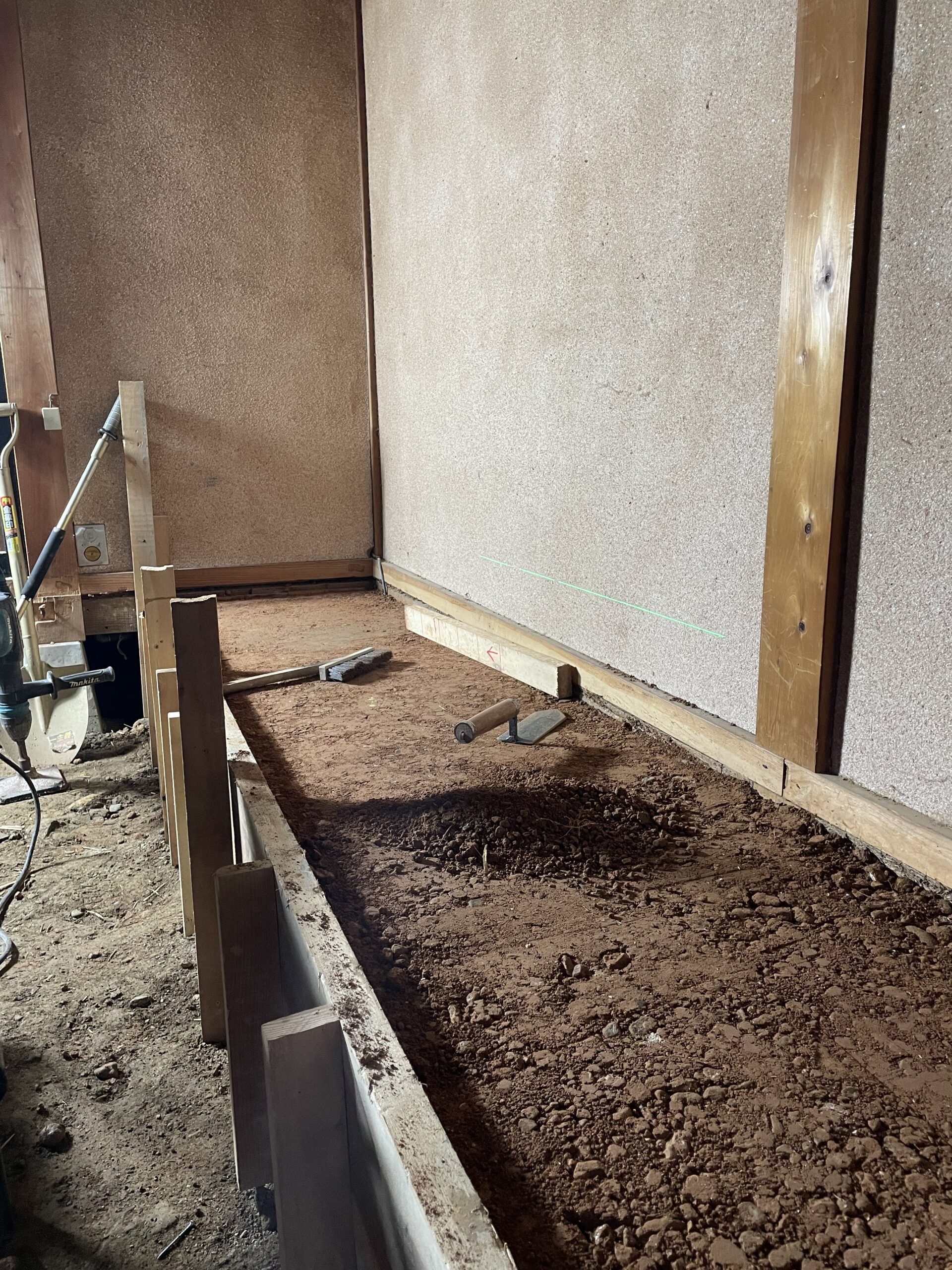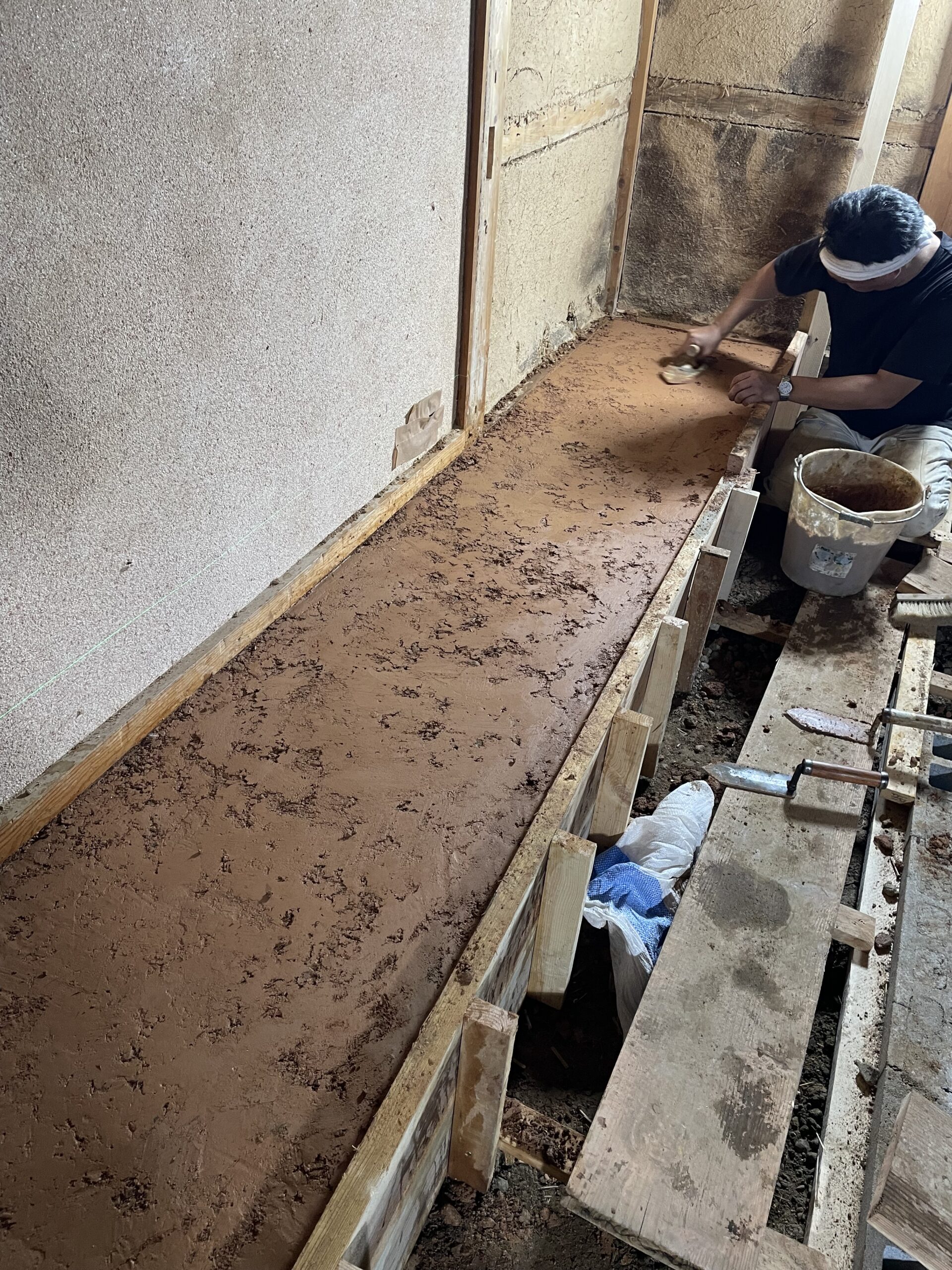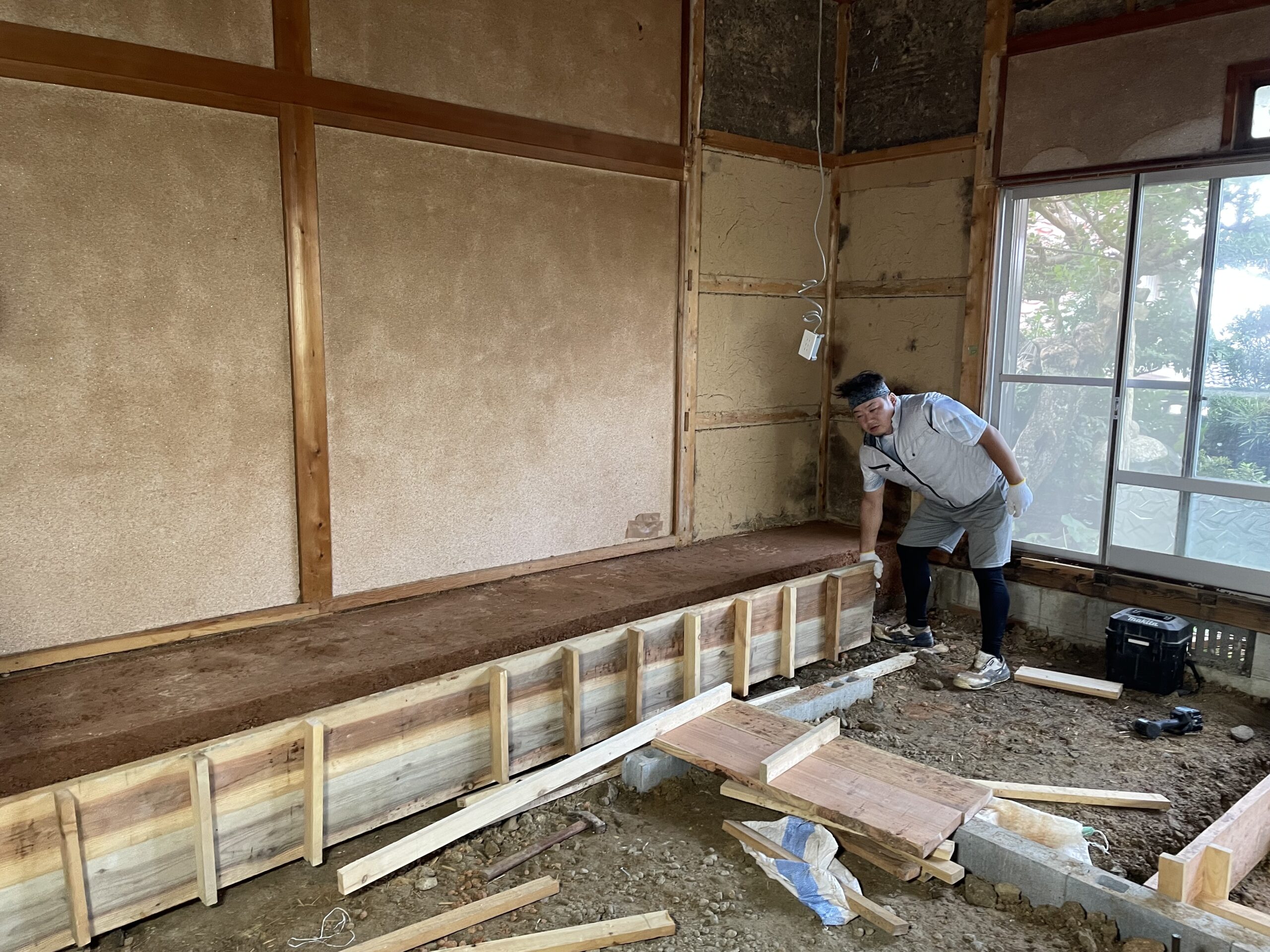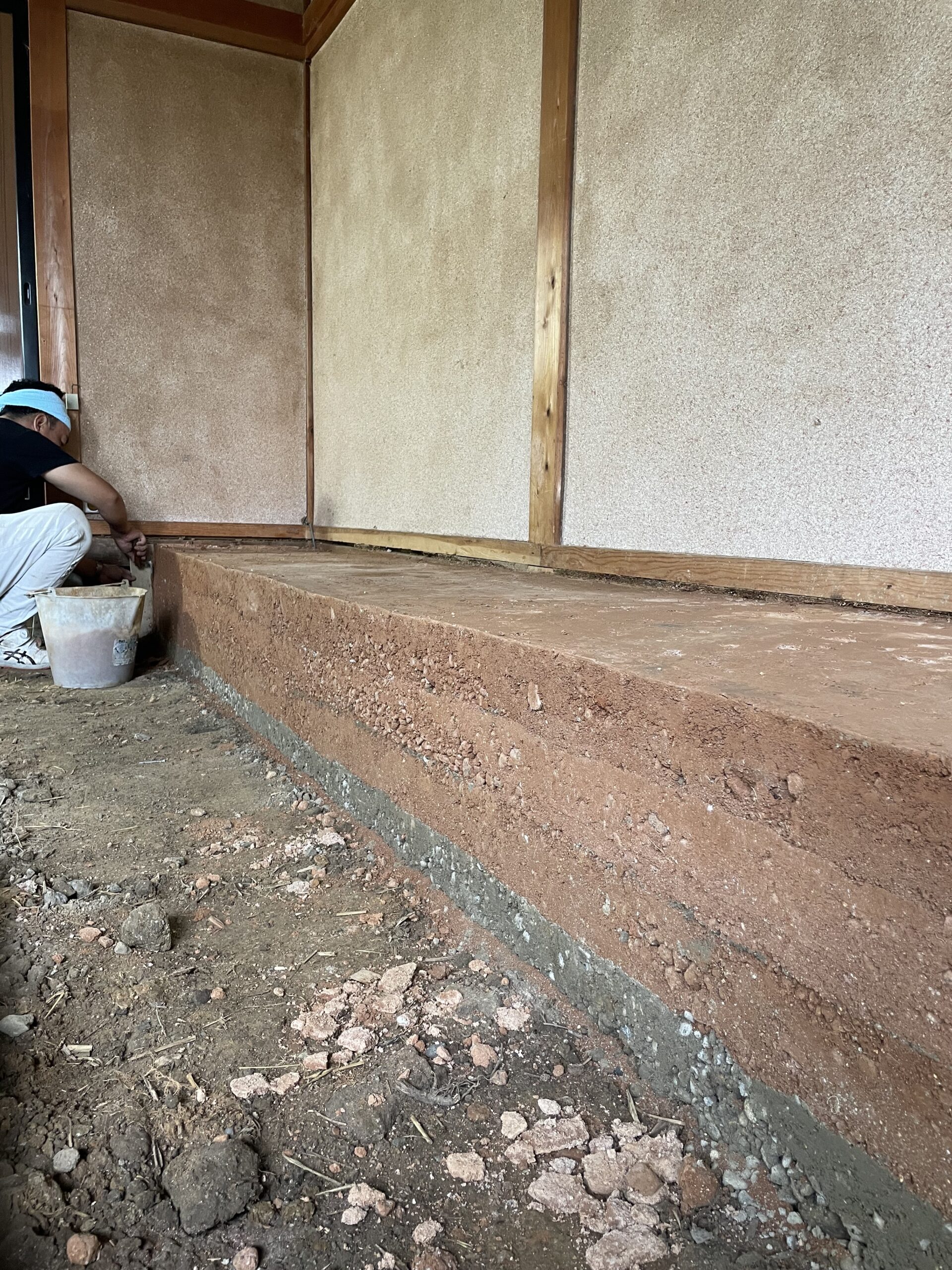
MIYA Tea House|Rammed Earth Workshop
The project “TOMORROW FIELD” promoted by TOMORROW focuses on the future of food and living, and ceramic artist Martin Rauch and architect Anna Heringer, who have been appointed as honorary professor of the UNESCO Chair of Earthen Architecture, Building Cultures, and Sustainable Development, TOMORROW are planning to collaborate to create “MIYA Tea House,” a semi-outdoor art installation that coexists with nature.
This year, the fifth year of the project, the fifth art site, “MIYA Tea House” will be completed from the beginning in a workshop using local soil, creating a new “place for food and art.”
We hope that by participating in the workshop, participants will learn about local materials and the traditional building technique of “rammed earth,” and regenerative installation, which eventually returns to the earth, and that you will be inspired to think about the future of living environment in harmony with local communities and the environment.
Workshop Location
About MIYA, Tango, Kyotango
There are many myths and folklore in the Tango Peninsula. The name “Taiza” comes from the legend in the 6th century that Empress Hashihito, the birth mother of Prince Shotoku, fled to this area to avoid religious wars in the capital, Yamato, and later returned to Yamato, hence the name “Taiza” meaning leaving her throne. There is also a story about Prince Shotoku’s half-brother, Prince Maroko’s extermination of three ogres.
Tango is home to many ancient burial mounds, including the three most important burial mounds on the Sea of Japan. Ancient people piled up soil, built, gathered, talked, and formed their prayers in these burial mounds. The site of this workshop held is located at the foot of “Shinmeiyama burial mound,” one of the largest Keyhole-shaped mounds on the Sea of Japan side with a mound length of 190m.
MIYA exhibits “Store House,” the smallest building designed by Ryue Nishizawa Architects, and “Field of Stars,” collaboration between artist Teresita Fernández and master carpenter Shuji Nakagawa, together with younger generation of team members, led by Shunya Hashizume and Kohei Wakamatsu of TOMORROW, alongside Cypress Fernández-Downs.
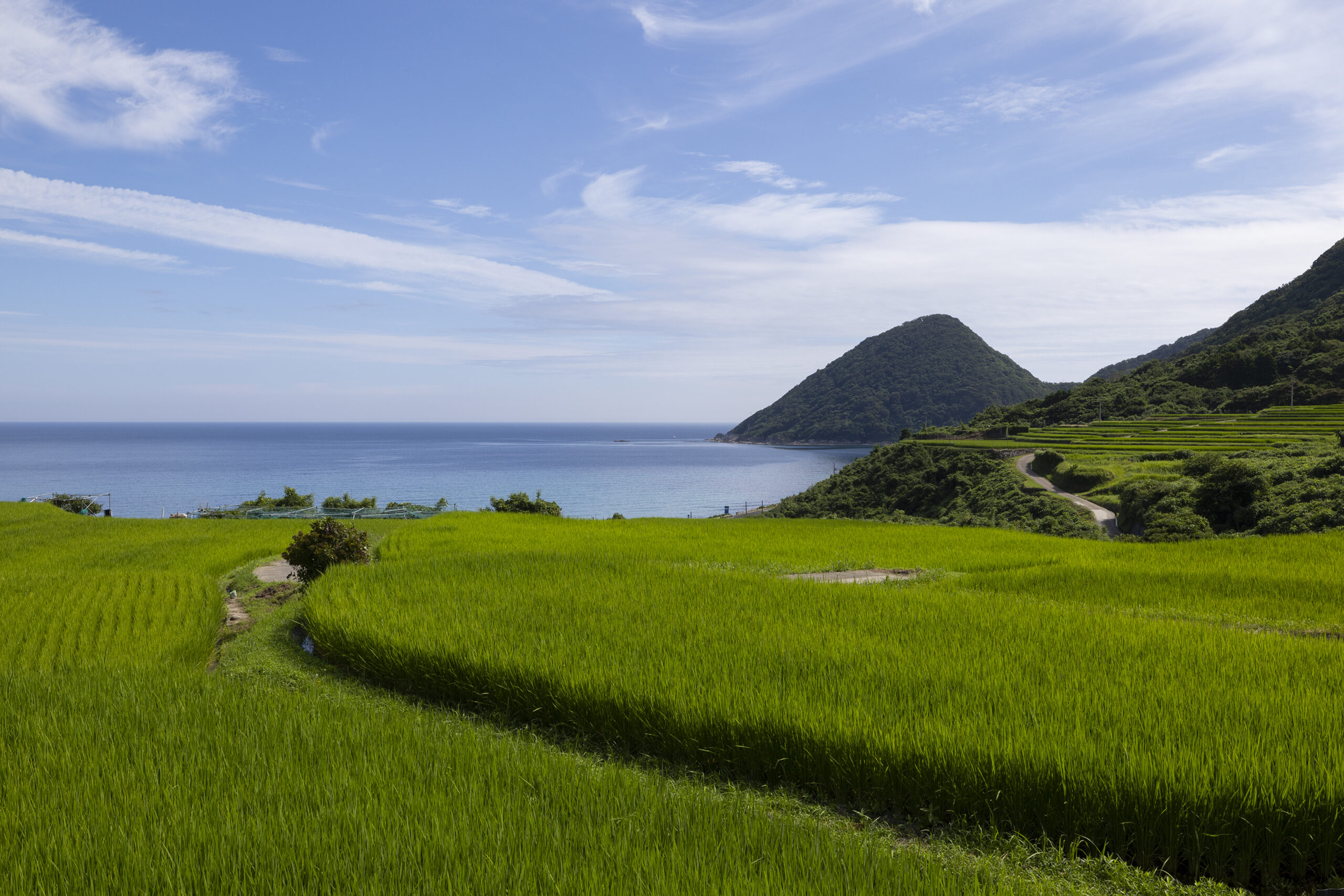
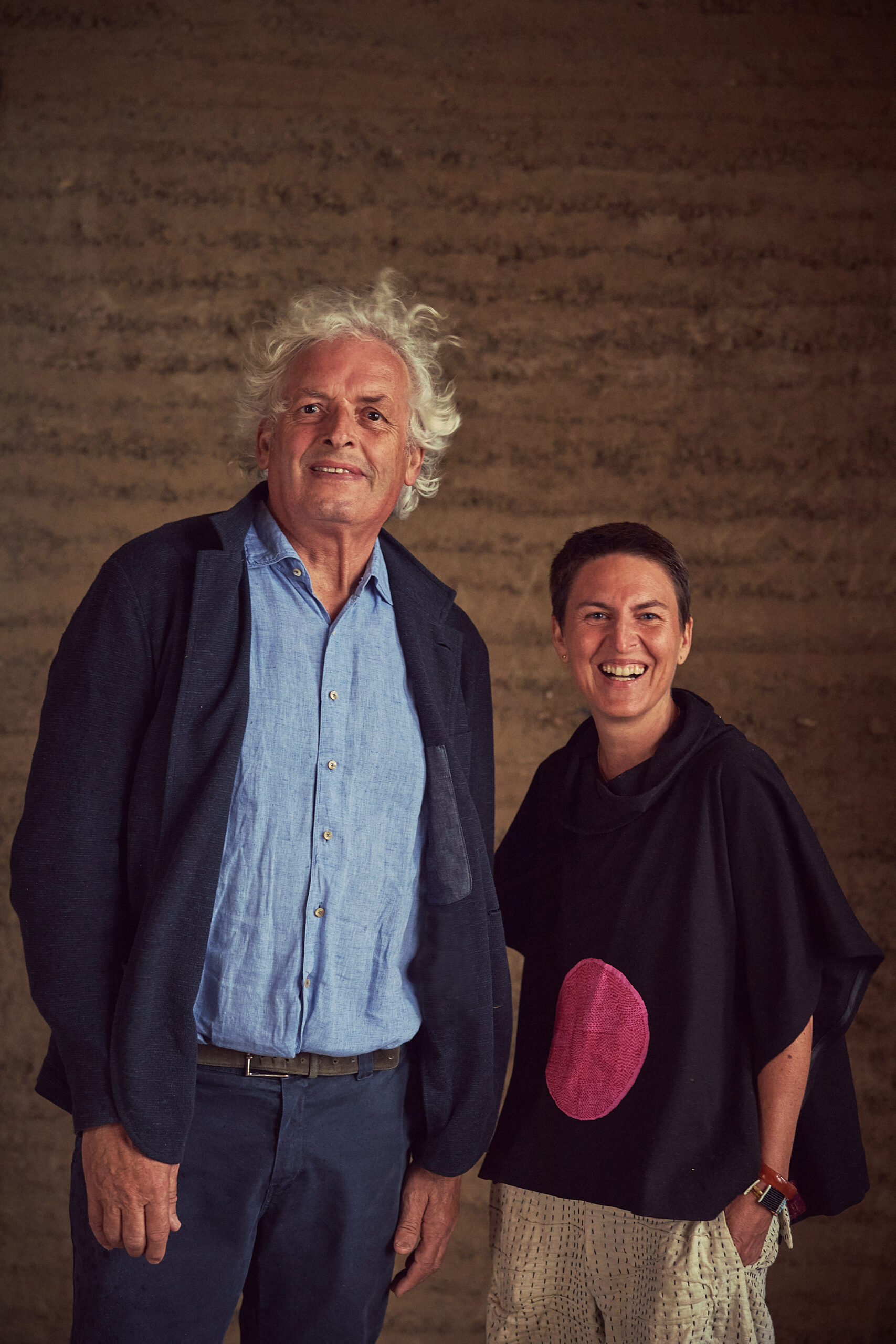
Darko Todorovic/ vai Vorarlberger Architektur Institut
Co-Creators
Martin Rauch
Over the past 35 years, Martin Rauch, and his company Lehm Ton Erde have realised a plethora of projects across the world. Operating as builders, designers, educators, and researchers of unstabilized rammed earth construction, they have positioned this primordial material as a modern and sustainable product in an industrialised European context. His innovation with prefabrication has won Martin international acclaim including an honorary professorship as UNESCO Chair of Earthen architecture, an honorary doctorate from Liechtenstein University, and the EU’s New European Bauhaus Prize. He has trained a new generation of earth builders and pushed the technical boundaries of what was once thought possible with the material.
Anna Heringer
Anna Heringer is an architect known for her innovative approach to sustainable architecture, particularly using earth construction techniques such as rammed earth. She deeply respects local materials and techniques, and her work is characterized by strong community engagement and initiatives. She is an Honorary Professor of UNESCO Chair of Earthen Architecture, and the winner of various awards like the Aga Khan Award for Architecture (2007), the Obel Award (2020) and the Global Award for Sustainable Architecture, among others.
References
Click here for an interview with Martin and Anna about this project.
Click here for a report on a conversation between Anna and Akihisa Hirata held at Kyoto University on September 14, 2024.
Schedule
Orientation (via ZOOM)
A) Monday, August 25, 13:00-14:00 (JST)
B) Sunday, September 7, 17:00-18:00 (JST)
Workshop
Session 1: October 21–23
Session 2: November 2–8
Session 3: November 22–30
9:00 a.m. Work begins.
5:00 p.m. End of work.
Three breaks are provided (including lunch break)
Martin Rauch & Anna Heringer and Japanese plasterer will provide on-site guidance on November 2nd and 3rd.
Capacity: 10 people (RSVP/first-come, first-served)
If you are interested in participating, please check the conditions for participation below and contact us by e-mail only if you meet the conditions.
Conditions of Participation
- Participants must be able to join for at least three days.
- There is no participation fee. However, participants are responsible for their own travel to the site, accommodation,
and daily living and transportation expenses during their stay. - Accommodation options will be introduced (starting from ¥5,500 per night, meals not included).
Please make your own reservation. - Participation in an online orientation is required.
The orientation will be held on Monday, August 25 or Sunday, September 7 (please choose one). - Junior high and high school student must have parental consent to participate.
What to Do
- Compacting soil into the ground using sticks or hammers to create a rammed earth wall.
- Mixing soil, gravel, lime, etc. to make materials.
- Preparing, assembling, and disassembling formwork.
- Preparing the area for tree planting (clearing the ground, planting trees).
Clothing
Please bring clothing suitable for outdoor work, including:
- A shirt, pants, and hat that can get wet or dirty
- A towel
- Work gloves
- Comfortable shoes
- Drinking water
Past Rammed Earth Workshop
How to Participate
Please send the following information by email (info@tomorrow-jp.org) by
Saturday, September 6.
- Name
- Age (applicants must be Junior high school students and older)
- Gender
- Profession
- Address
- Preferred participation period
- Letter of motivation
- Preferred date for the online orientation

